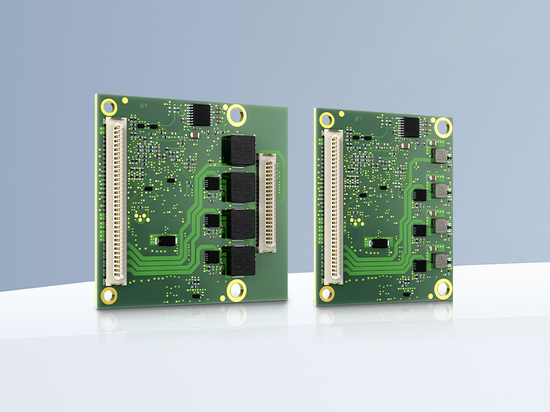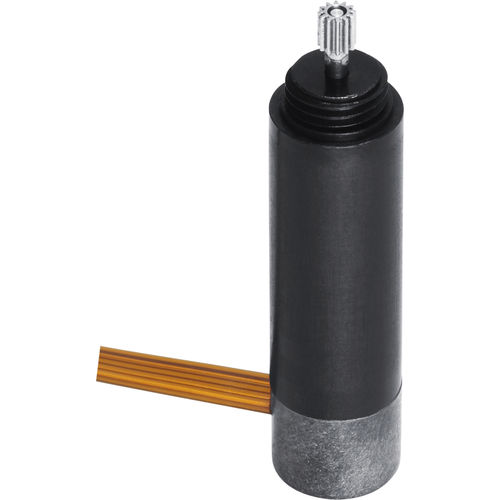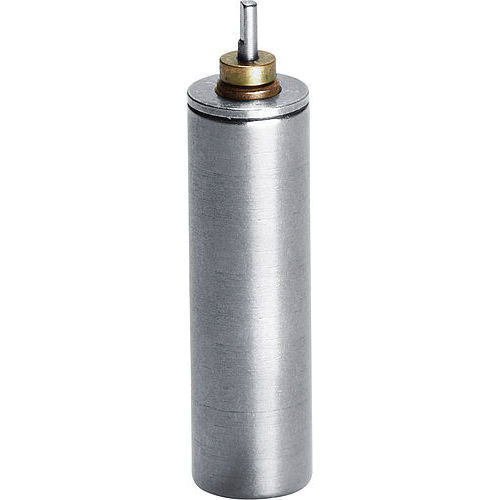
#Industry News
Research in the Jovian system
FAULHABER drives on a mission to Jupiter
With JUICE, the European Space Agency (ESA) is exploring Jupiter's three great icy moons: Ganymede, Europa and Callisto. To investigate these fascinating moons more closely, JUICE was launched into space on April 14, 2023, on an Ariane 5 rocket. After a flight lasting several years, the probe should arrive at the Jovian system in 2031. On board are ten highly specialized scientific instruments that will conduct precise measurements under extreme conditions. A key instrument of this mission was developed by the University of Bern (Switzerland) – supported by high-precision technology from FAULHABER.
Uncovering Jupiter's secrets with the NIM mass spectrometer
The University of Bern took on a key role in the JUICE mission. It was involved in the development of several scientific instruments and contributed to a high-precision tool for investigating the Jovian moons, namely the neutral and ion mass spectrometer (NIM). NIM belongs to the so-called Nadir Unit, which along with two other particle sensors is the centerpiece of the particle environment package (PEP). This unit was developed and integrated by the University of Bern and underwent extensive testing.
NIM's objective is to analyze the chemical composition, distribution and physical properties of the particles in the atmospheres of the icy moons. The measurement data should tell us, among other things, whether potentially "life-friendly" conditions exist on the moons. However, the extreme environment of the Jovian system places huge demands on the technology used: The extremely high radiation that is generated by Jupiter's massive magnetic field could destroy even the most robust electronic components within a very short time.
To protect NIM and the entire Nadir Unit against this radiation exposure, special shielding measures were implemented. The electronics housing is made of tungsten, a material with an extraordinarily high density, which forms an effective barrier against high-energy particles. A further critical point is the detector of the mass spectrometer: As the high-energy particles in the Jovian system generate signals similar to the actual measurement objects, i.e. ionized gas atoms and molecules, unprotected measurements could get lost in the noise. This is why an additional shield made of 1.5 kg tungsten and tantalum was installed around the sensitive detector core, which consists of two 10 mm diameter glass disks each with a thickness of just 0.3 mm.
Apart from protection against radiation, the reliability of the instruments also plays a fundamental role: As repairs in space are not an option, every aspect had to be safeguarded in manifold ways during development. In some areas, performance reserve margins were deliberately excluded in order to ensure maximum operational reliability under the harsh conditions in the Jovian system.
Precision in space with FAULHABER drives
To precisely analyze the chemical composition of the atmospheres of Jupiter's moons, the NIM mass spectrometer needs a flexible measurement strategy. Here, a mechanism is used which can switch between various measuring modes. Depending on the mode, different entrance openings are used, which have to be opened or closed accordingly. To provide the required high-precision control, a specially developed drive based on tried-and-tested FAULHABER components was integrated.
The heart of the drive is a combination of an 8 mm brushless DC-motor (series 0824 … B) and a 10 mm planetary gearhead with a reduction of 1:256. Dr. Daniele Piazza from the Space Research & Planetary Sciences department at the University of Bern explains why this drive solution was selected: "On the one hand, the chosen combination has to provide the necessary characteristics, such as torque, reduction and compactness. On the other hand, the drives also need to withstand the harsh conditions of the space mission." To ensure their reliability, the magnets of the motors were subjected to intensive radiation testing in the cyclotron at the Inselspital, the University Hospital of Bern. Furthermore, the windings of the motors were baked in a vacuum at 100 °C to minimize outgassing and to ensure long-term functionality.
Without this high-precision drive, it would not be possible to exploit the full potential of the NIM instrument. The ability to switch between different measuring modes significantly broadens the scope of the scientific studies and contributes considerably to the success of the JUICE mission. FAULHABER drive technology therefore makes a decisive contribution to exploring the icy moons of Jupiter.






